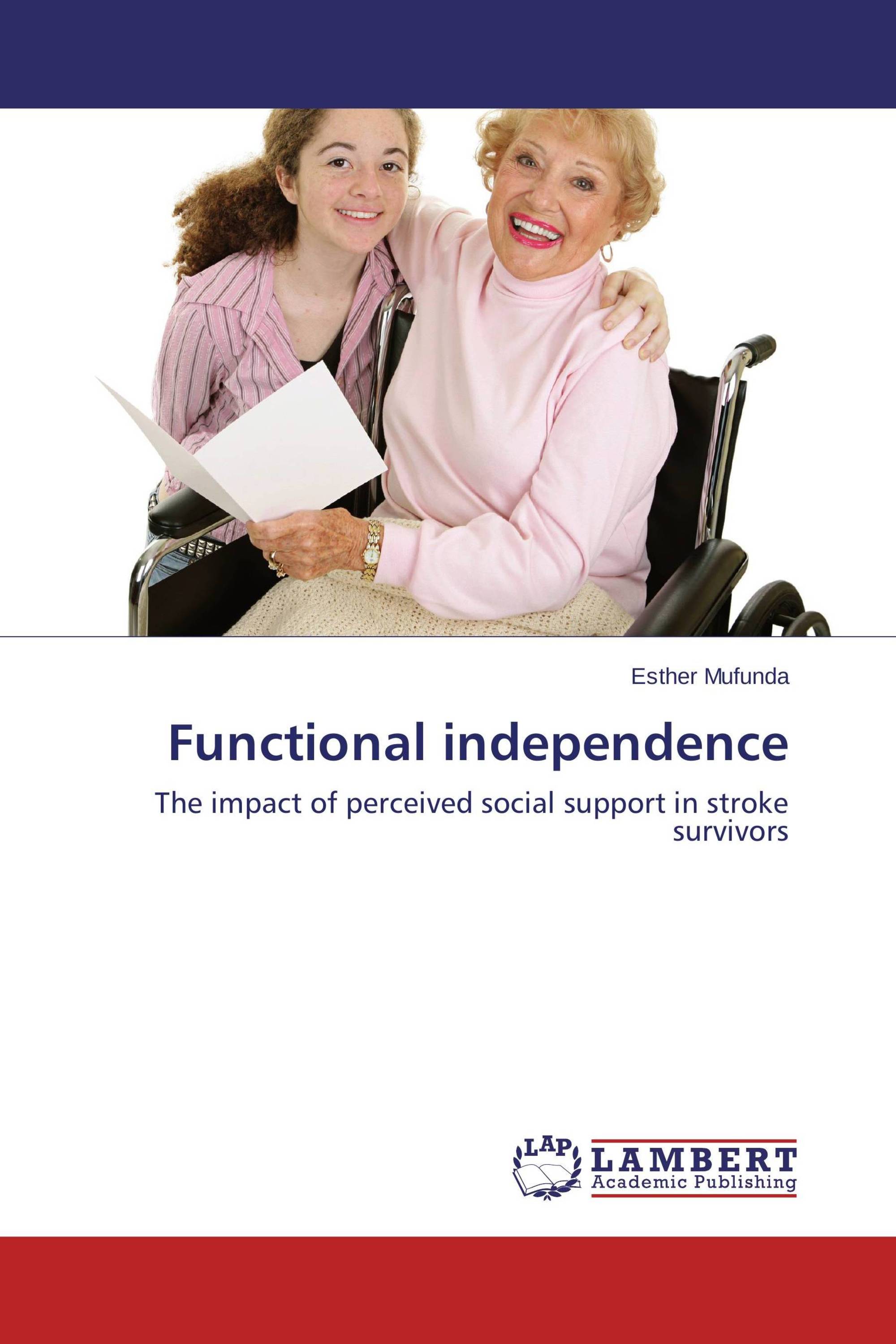


This required that Long-Term Care Hospitals (LTCHs), Skilled Nursing Facilities (SNFs), Home Health Agencies (HHAs) and Inpatient Rehabilitation Facilities (IRFs) to report and submit standardized patient assessment data, including quality measures and standardized patient assessment data elements. In 2014, functional assessments took a different direction when the Improving Medicare Post-Acute Care Transformation Act of 2014 (the IMPACT Act) was signed into law seeking to connect findings on the baseline assessment to functional outcomes. In the clinical setting, these instruments are commonly used to set rehabilitation goals, to develop specific therapeutic interventions and to monitor clinical changes. They can be self-administered questionnaires or clinician administered.įrom a research standpoint, functional assessments provide supporting evidence to develop, improve and attest to different evidence-based treatments. 2 Assessments must be valid, reliable, and reproducible. A detailed assessment should include a pertinent clinical history a neurologic and musculoskeletal evaluation, a physical effort determination, and a comprehensive evaluation of behaviors that might impact physical performance. 1įunctional assessment measures an individual’s level of function and ability to perform specific tasks on a safe and dependable basis over a defined period. Unfortunately, previously utilized methods lacked the consistency required to study rehabilitation outcomes accurately.

Descriptions of improvements in function have been consistently performed since rehabilitation medicine developed after World War II. The user needs assistance of an aid but requires no help to operate it.Functional assessments have become an integral part of the comprehensive rehabilitation medicine evaluation. The user may need verbal prompting and requires standby assistance only. The user can perform between 50 and 75% of the task.Īble to perform over 75% of the task, the user will only require incidental hands on assistance. Modified dependence levelsĬlients with any of the following modified dependence levels (3, 4, 5 or 6) may require access to enablement equipment to assist with their daily living for example, the easy-to-use ReTurn7500i and ReTurnBelt. The user can provide between 25 and 49% of the effort required to complete the task. Users who required Total Assistance may benefit from a high quality dynamic mattress to off-load pressure over bony prominences such as the Quattro range, or a specialist anti-deformation mattress such as the Carital Optima – a Dementia Design Accredited Product.
#Functional independence measure skin
Skin integrity should also be considered using the aSSKINg framework, and a thorough skin assessment completed using an appropriate risk assessment tool such as Purpose-T. Castor Gantry or as a permanent solution, the MilkyWay overhead tracking, ceiling lift, slings or the WendyLett low friction, in bed management system.
#Functional independence measure free
The user can contribute up to 25% of the effort required or requires total assistance to complete the task.Ĭlients with a FIM of 1 may require Moving and Handling equipment such as a free standing gantry e.g. What is the Functional Independence Measure (FIM)? This scale is used to assess how well a person can carry out basic activities of daily living and how dependent they will be on help from others. Performed on admission to and departure from hospital, FIM is a consistent data collection tool for the comparison of rehabilitation outcomes across the healthcare continuum, allowing clinicians to track changes in the functional status of patients from onset of rehabilitation care to discharge and follow-up.Īs such, FIM scores may be interpreted to indicate level of independence or level of care required. Each of the 18 items are graded on a scale of 1-7, based on the level of independence in that item. The Functional Independence Measure (FIM) is an assessment tool that aims to evaluate the functional status of patients throughout the rehabilitation process following a stroke, traumatic brain injury, spinal cord injury, cancer etc.įIM is an 18-item, clinician reported scale that assesses an individuals functional capability in six areas including self-care, continence, mobility, transfers, communication and cognition.


 0 kommentar(er)
0 kommentar(er)
